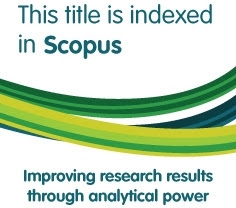Al-Niẓām al-ri’āsī ma‘a ta‘addudīyat al-aḥzāb: al-Taḥāluf fī tārīkh al-ri’āsat ba‘da niẓām al-ḥukm al-jadīd (1998-2004)
Abstract
In the history of Indonesian politics, the institutionalization of the presidential system has experienced ups and downs. The presidential system has had its own style and character under each regime. The main factor behind this relates to the varying nature of the political systems and patterns of leadership. Since the reformasi era and the amendment of the 1945 Constitution, however, the system has experienced a ‘purification’. During the period of president Habibie, the system was not implemented thoroughly, because of the transitional nature of the government. The embryo of a presidential system begun to emerge with the 1999 general election. The purification was marked by two fundamental changes. Firstly, there was the strengthening between the legislative and the executive. Secondly, there was the restriction of the period in which a president could only be elected for two periods. With these amendments, the opportunities open to an incumbent president during the reformasi era have been restricted by the law. The presidential term makes the periods for presidents and vice-presidents more fixed.
Keywords
Full Text:
PDFDOI: https://doi.org/10.15408/sdi.v21i2.1041
Refbacks
- There are currently no refbacks.

All publication by Studia Islamika are licensed under a Creative Commons Attribution-NonCommercial 4.0 International License.
Studia Islamika, ISSN: 0215-0492, e-ISSN: 2355-6145
View My Stats
